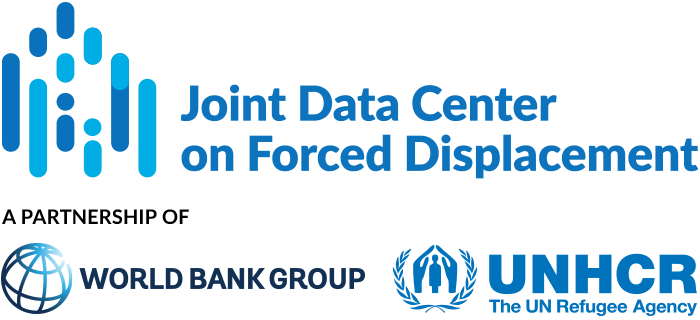This article examines how forced migration affects ethnic diversity and conflict in Sub-Saharan Africa.
JDC Literature Review
Exploring relationships between conflict intensity, forced displacement, and healthcare attacks: a retrospective analysis from Syria, 2016–2022
This article investigates the relationships between healthcare attacks, conflict incidence, and internal displacement in Syria between 2016 and 2022. Over the 13 years of civil conflict in Syria, over 7.2 million people have been internally displaced, and 6.5 million refugees have fled the country.
Property rights and post-conflict recovery: Theory and evidence from IDP return movements in Iraq
This working paper examines the impact of property rights on the return decisions of internally displaced persons (IDPs) in Iraq following the 2014-2017 civil war against the Islamic State (IS).
Home, again: Refugee return and post-conflict violence in Burundi
This paper explores the connection between mass refugee return and the emergence of violence in post-conflict societies, by investigating the impact of mass refugee return to Burundi after the country’s 1993–2005 civil war. The author also considers how the experience of return migration affected individuals’ future behaviour, in the context of the 2015 electoral crisis in Burundi.
The crime effect of refugees
This paper investigates the impact of Syrian refugees on crime rates in Türkiye between 2006 and 2016. By 2016, approximately 3 million Syrian refugees had settled in Türkiye, resulting in a 4 percent increase in the country’s population.
Welcoming the Unwelcome: Refugee Flows, Refugee Rights, and Political Violence
This article investigates the impact of de jure refugee rights on the risk of civil conflict and violent attacks against refugees by the local population. The de jure rights examined include the right to work, freedom of movement, the right to own property and land, and the right to education.
The Causes and Consequences of Refugee Flows: A Contemporary Reanalysis
This article reevaluates and extends 28 multi-country studies investigating the causes and consequences of refugee flows. The authors leverage newly released flow data from the United Nations Refugee Agency (UNHCR) to provide a contemporary reanalysis of these studies.
A Glimpse into the Minds of Thais: Unveiling the Factors Influencing Thai Local Attitudes towards Myanmar Refugees
This article examines the factors affecting attitudes towards refugees in Thailand. As of May 2024, there were 84,000 refugees and asylum seekers from Myanmar in Thailand.
Look who perpetrates violence and where: Explaining variation in forced migration
This paper examines the different determinants of internal and external displacement. The author argues that people flee their homes when the expected utility of leaving exceeds the expected utility of staying, and that in general external displacement is costlier...
Blame the Victims? Refugees, State Capacity, and Non-State Actor Violence
This article looks beyond the effects of refugees on conventional conflict and considers how refugee flows may affect the risk of non-state actor violence, i.e. conflict between groups outside of and not affiliated with the state that are identified by shared communal...


